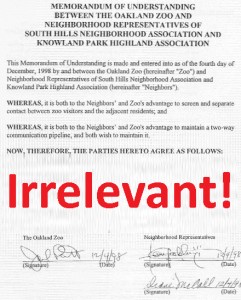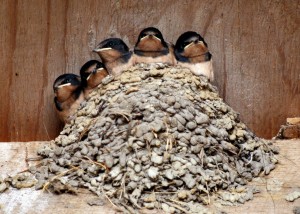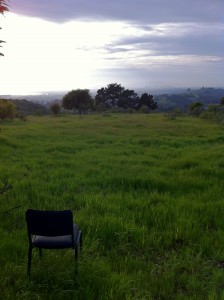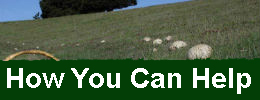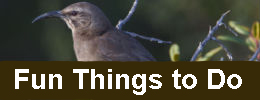And Couldn’t They Be Someplace Else?
The Oakland Zoo’s development plans for Knowland Park include offices—yes, offices– in the 34,000 square foot, 3 story central gondola terminal building, which is planned to also include a restaurant and gift shop. The whole thing will be perched atop the most sensitive and pristine area of the park, a ridge where the threatened Alameda whipsnake was trapped in surveys, where a statewide rare plant community of chaparral provides cover and habitat for many kinds of animals, and where scat from large predators is regularly found. Why, you might ask yourself, would a “conservation”-minded organization decide to build a huge structure in that particular location, rather than looking for a site closer to the existing Zoo or on already-disturbed land?
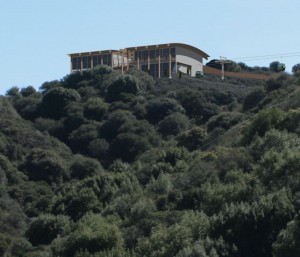
 Follow
Follow
